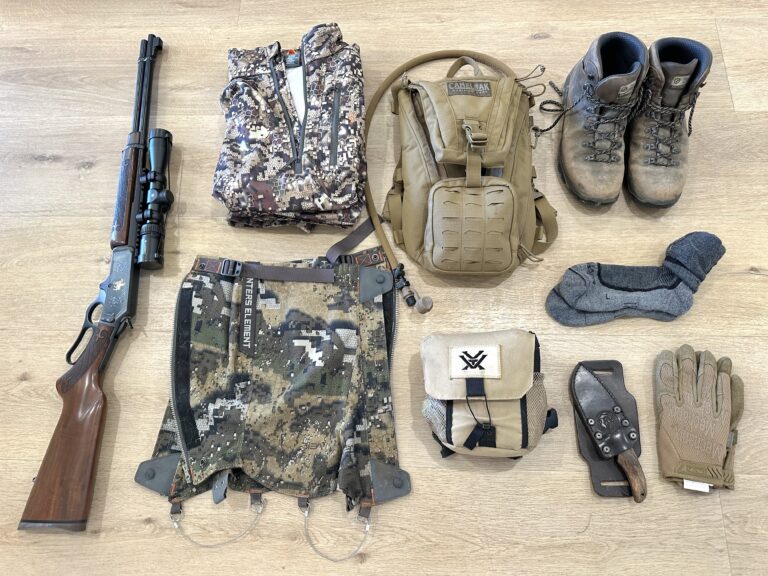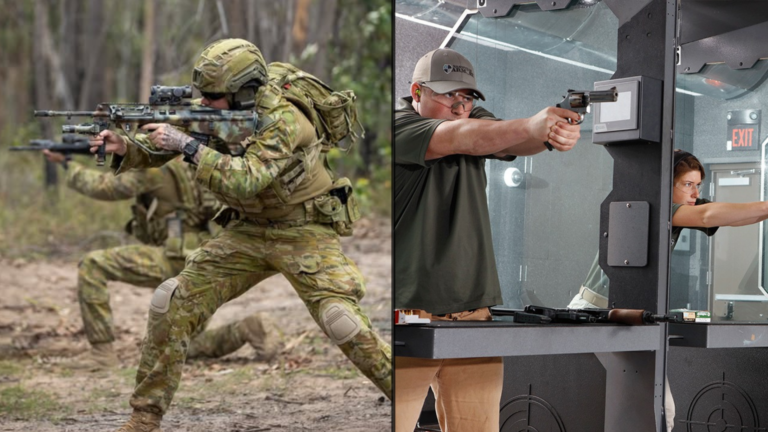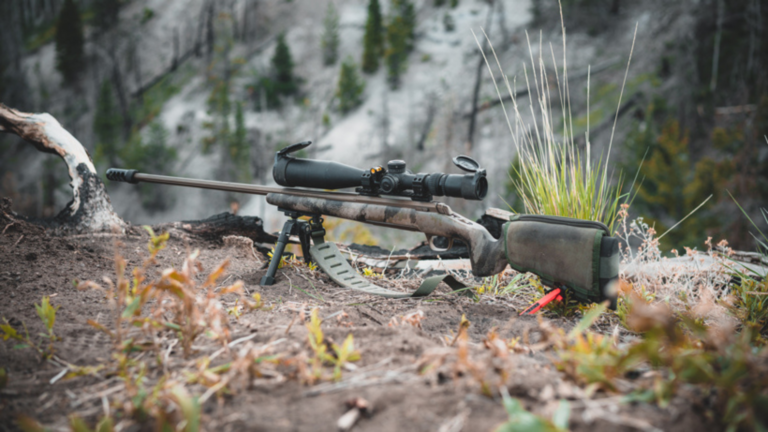Firearms safety is a critical aspect of responsible gun ownership and handling. One of the more insidious hazards that can compromise your safety is a barrel blockage. This article highlights the underlying causes of this problem and outlines the crucial steps you can take to prevent it from occurring.
What is a Barrel Blockage?
A barrel blockage occurs when an obstruction inside the barrel of a firearm prevents the normal passage of a projectile. All barrel obstructions should be treated seriously, as firing a round into the blockage can cause excessive pressure buildup. This may result in catastrophic damage to the firearm and severe injuries to the shooter, or other bystanders.
Common Causes of Barrel Blockages
Foreign Objects
Contaminants such as mud, snow, or even small pieces of debris can enter the barrel and create a blockage. This is more common in outdoor settings when a firearm is exposed to the elements.
Firing Errors
Sometimes, a projectile may not fully exit the barrel due to a malfunction or a partial misfire. This is commonly referred to as a ‘squib load’. A squib load is one of the more dangerous causes of a barrel obstruction as some shooters may become complacent to the warning signs, while others may not have enough experience to identify the problem.
Signs of a squib load include; lower recoil than usual, a ‘pop’ sound when firing – as opposed to the normal ‘bang’, and slower, more visible projectiles in the case of a shotgun.
Bullet Residue
Excessive buildup of bullet residue or ‘fouling’ inside the barrel will reduce the internal diameter, or ‘bore’ of your firearm. If not removed, this will eventually create a choke point for the following projectiles. While bullet residue is often a contributing factor in barrel obstructions, it is rarely ever the sole cause. Most shooters will clean their firearms before this ever becomes an issue, as accuracy will decline long before it can choke up the barrel.
Improper Maintenance
Lack of proper cleaning and maintenance can lead to rust or debris accumulating inside your barrel. This will increase the risk of a blockage occurring.
The Risks of Barrel Blockages
Firing a gun with a blocked barrel can lead to severe consequences, these include:
Explosion
The increased pressure from a round that is fired into a blocked barrel can cause the firearm to explode. This poses a serious risk of injury or death to the shooter and may harm others nearby.
Firearm Damage
The intense pressure can damage or destroy the firearm, rendering it unsafe for future use and possibly leading to costly repairs or requiring a full replacement.
Inaccuracy
Even if a blockage doesn’t result in an explosion, it can affect the accuracy and reliability of the firearm, compromising its effectiveness in critical situations.
Preventing Barrel Blockages
Regular Inspection
Always check the barrel before use to ensure it is clear of obstructions. This is particularly important if the firearm has been stored for an extended period, or has been exposed to potentially obstructive elements – such as dirt and grime.
Proper Storage and Handling
Firearms should be stored in a clean, dry environment to minimise the risk of debris entering or accumulating inside the barrel. For this reason, most shooters will recommend that gun safes are located inside a house, as opposed to a shed or garage. The most notable issue faced by firearm owners is the formation of rust inside the barrel. One way to reduce this is to add a dehumidifier inside the safe to reduce the moisture content in the air. Another way is to apply additional oil to the bore of the firearm. However, it’s important to note that any excess oil should be removed before firing, as this may also create a blockage.
When storing your firearm vertically, it should be rested on the base plate (or shoulder pad area) at the rear of the stock. Under no circumstances should a firearm be placed muzzle down – especially when being handled in an open outdoor environment. Failing to heed this warning may cause dirt to enter and plug the barrel. While less experienced shooters may consider this a non-issue, even the smallest amount of dirt can cause a major blockage. Under no circumstances should any firearm with a blockage be ‘shot out’. Another issue that can occur in the field is debris entering from the chamber of your firearm. The best way to avoid this is to keep the bolt locked into a closed position at all times – unless preparing to load a round into the firearm. A thin layer of tape may also be applied to the muzzle. This will prevent dirt or debris from entering the barrel as you move through the bush. Lastly, when transporting your firearms, a protective cover or case should be used to prevent damage to the barrel and other important firearm components.
Cleaning and Maintenance
Regular cleaning and maintenance of your firearm should be undertaken as per the manufacturer’s guidelines. The removal of any debris, residue, or fouling will maintain the integrity of the barrel, and prolong its usable lifespan.
Training and Awareness
Educate yourself and others on the dangers of barrel blockages and proper firearm handling. Understanding the risks will allow you to take preventive measures and react appropriately – should a blockage occur. This will ensure the safety of yourself and others around you.
Addressing Suspected Barrel Blockages
Immediate Action
If you suspect that a blockage has occurred inside your firearm, do not attempt to fire it. Instead, safely remove the ammunition and bolt, then inspect the barrel from the rear (chamber end) of the firearm.
Clearing the Blockage
If a blockage is detected, use the appropriate tools* – such as a cleaning rod, to carefully remove the barrel obstruction. Avoid using excessive force as this may cause further damage to the firearm.
*Always use the appropriate size cleaning rod for your firearm.
Professional Help
If an obstruction cannot be safely removed from the firearm, or if any sign of damage is found, it should be taken to a licenced gunsmith for professional inspection and repair.
Final thoughts
Barrel blockages represent a serious safety hazard that can have severe consequences if not properly addressed. By staying vigilant and adhering to best practices for firearm maintenance and inspection, you can significantly reduce the risk of such blockages and ensure safe and responsible firearm use. Remember, safety is paramount, and a little preventive care can go a long way in safeguarding both the shooter and those around them.









